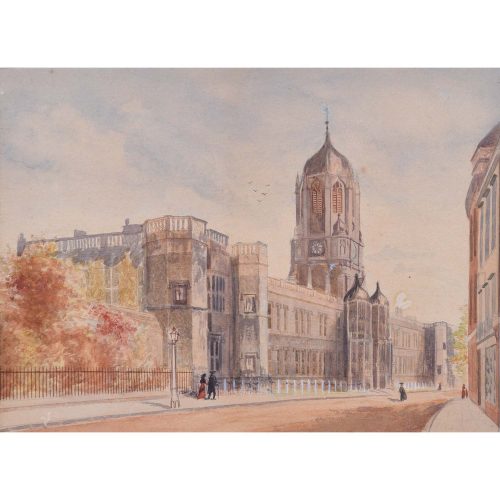Welcome to the shop. You are most welcome to browse, navigate using the menu above, or search the website.
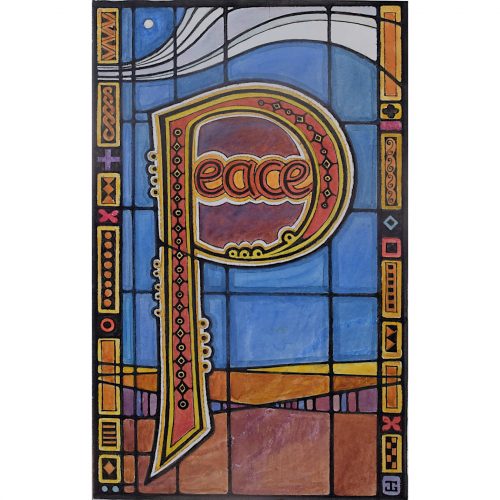
This simple but effective design for a Christmas card from 1989 beautifully demonstrates Gray’s modernist style, with her recognisably colourful palette and simple yet detailed delineation of her geometric, lettered design.
Provenance: the artist’s studio sale. Condition: very good. If you are interested, please email info@manningfineart.co.uk or call us on 07929 749056. For other works by Jane Gray and more information about her, please click here.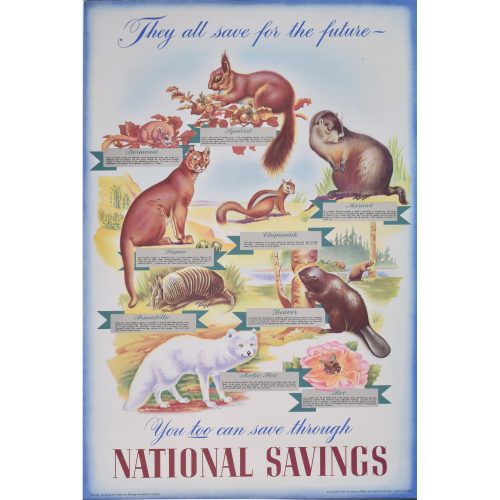

Artist’s proof. Signed and dated lower right.
Hoyland's abstract print is made up of wide fields of colour, formally arranged. Paul Moorhouse wrote of the artist's ‘insistence on eliminating figurative references’, and here we have an entirely abstract composition - one which has no desire to depict anything figurative, anything tangible. The colours are vivid, with the ‘restrictive palette in which red-green oppositions are dominant’ which marks Hoyland's early work is cautiously evident here. The abstraction is deliberately imperfect: small yellow splashes break into the expanse of green, and the texture of that green overtly demonstrates its texture and madeness. Hoyland's prints are keen to remind us of the physical process of their making, relying on the tension between the formal and the informal to do so. John Hoyland was one of Britain's most revered post-war abstract artists. He was born in Sheffield and studied at the Sheffield School of Art and Crafts, and then Sheffield College of Art and the Royal Academy Schools in London. His first solo exhibition was held at the Marlborough New London Gallery in 1964. Retrospectives of his paintings have been held at the Serpentine Gallery (1979), the Royal Academy (1999) and Tate St Ives (2006). Hoyland was elected to the Royal Academy in 1991 and was appointed Professor of Painting at the Royal Academy Schools in 1999. Condition: very good; recent heavy handsome frame. Glass will be removed for international shipping. If you are interested, please email info@manningfineart.co.uk or call us on 07929 749056. Click here for other Modern British Print.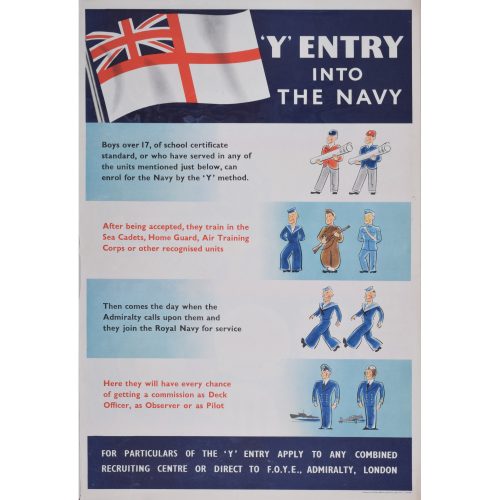
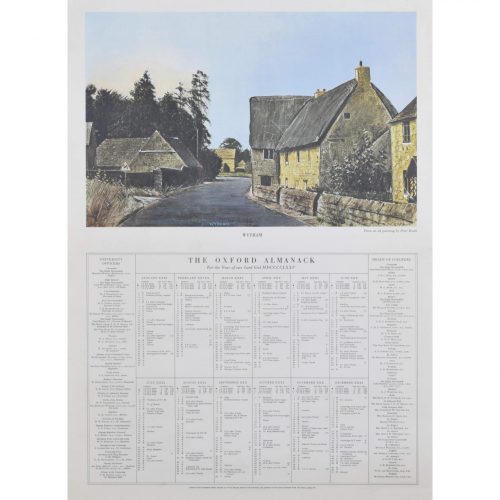
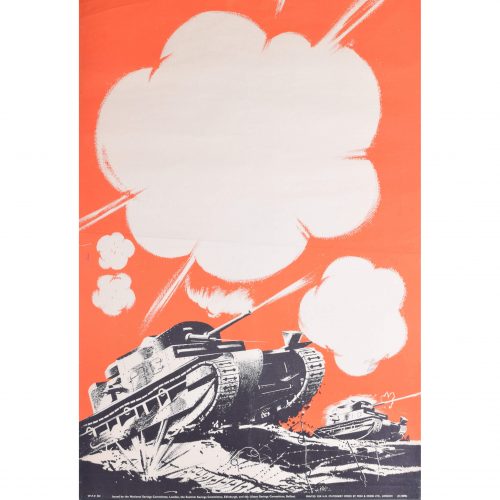
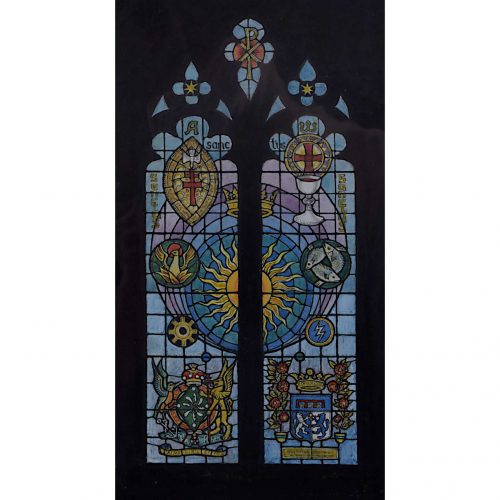
Signed, dated and studio stamp verso.
All Saints Church in Writtle, Essex has stood at the heart of the ancient manor of Writtle for over one thousand years and dates back to the early 13th century, although, a Saxon church likely existed on the site prior to this. The living of Writtle church was handed over in 1399 to the Warden and Fellows of New College Oxford in whose patronage the church has remained to this day. This window design features the Arms of Baroness Platt of Writtle linked with those of Guglielmo Marconi as well as the phoenix, and three fishes of Trinity. The window was installed in 1992.
Provenance: the artist’s studio sale. Literature: Jane Gray, Playing with Rainbows. (Shropshire: Ellingham Press, 2011), p.81. Condition: very good. If you are interested, please email info@manningfineart.co.uk or call us on 07929 749056. For other works by Jane Gray and more information about her, please click here.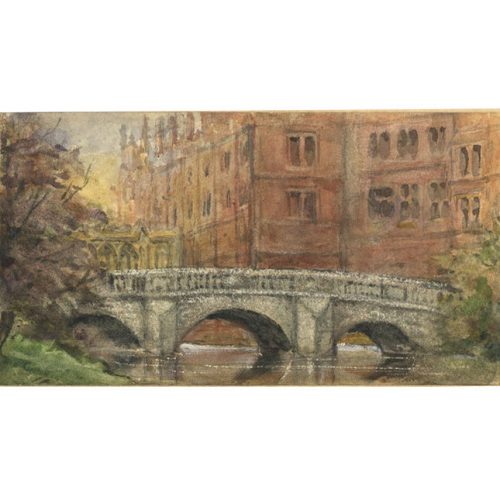
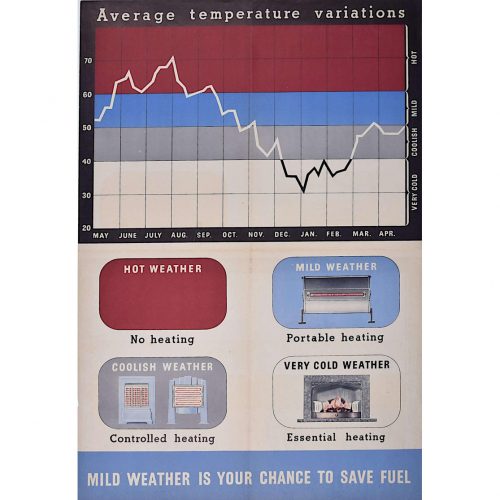
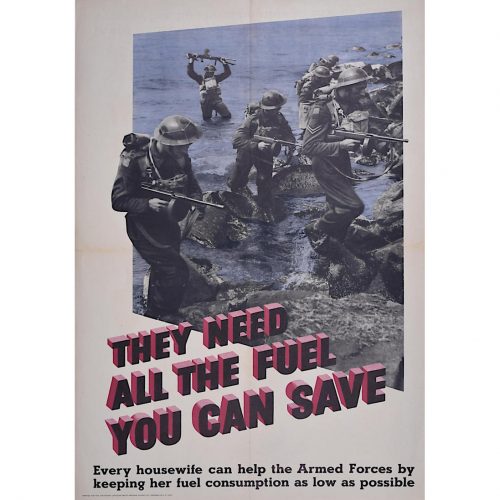
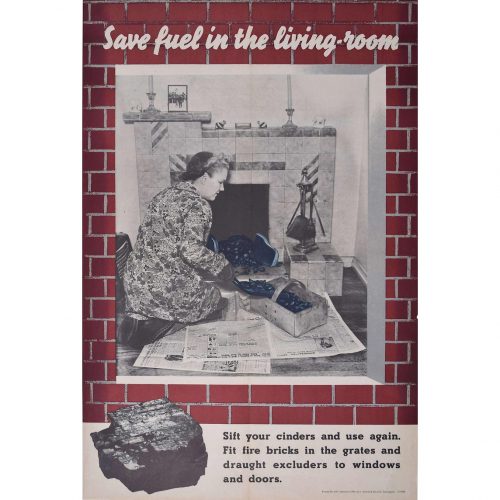
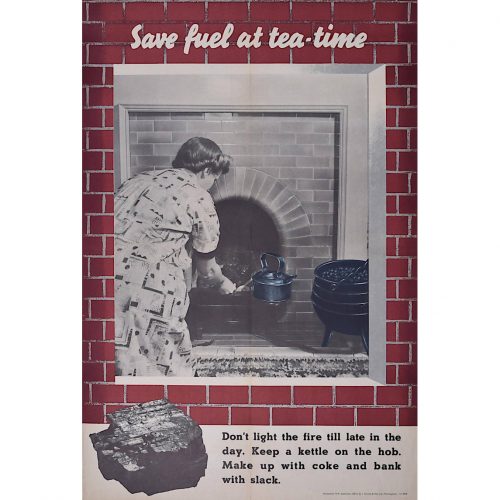
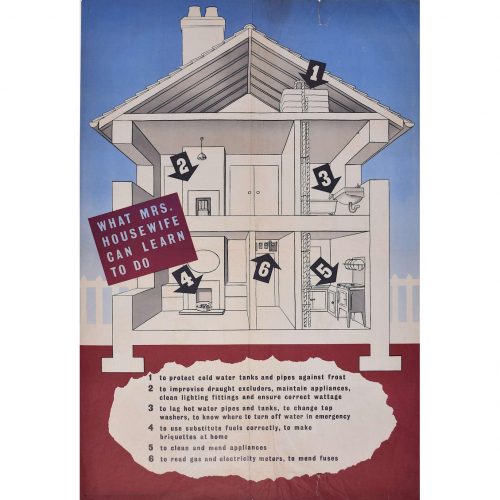

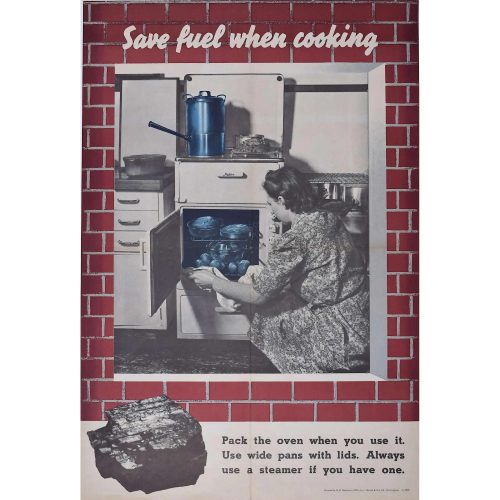
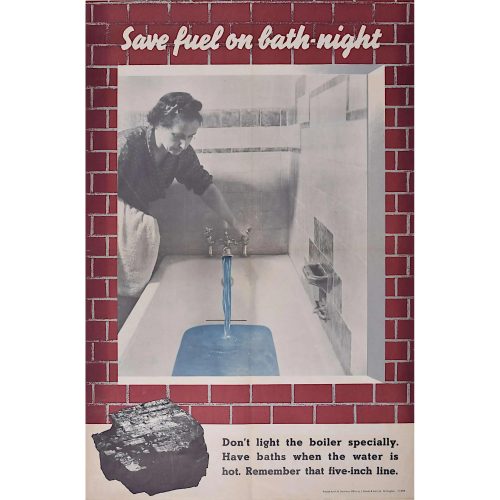
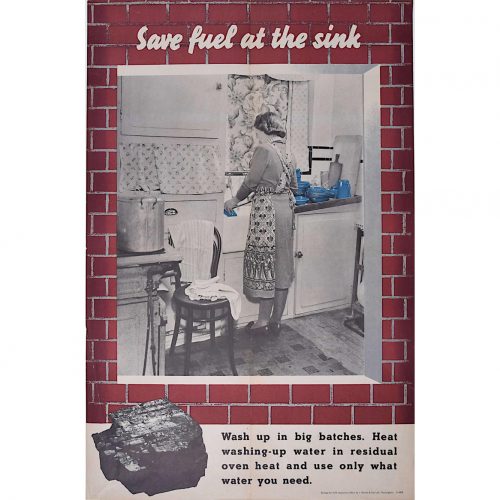
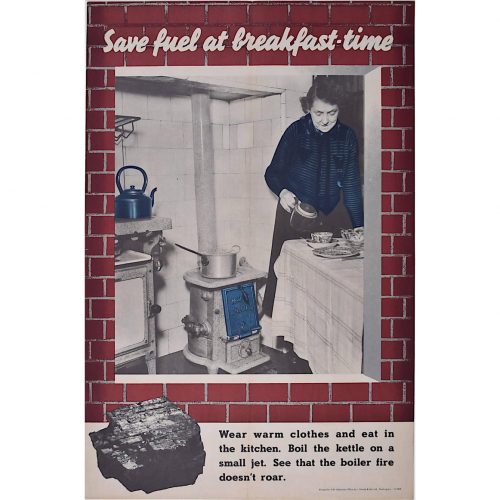
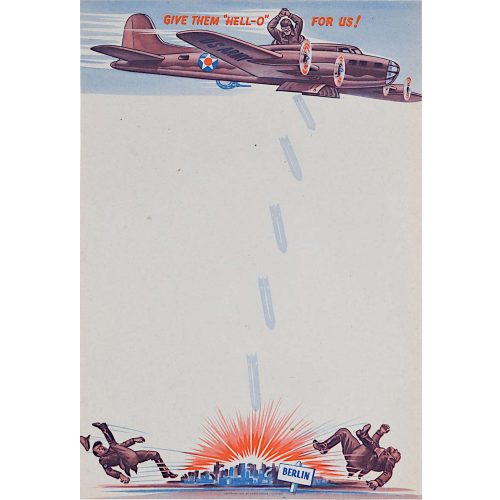
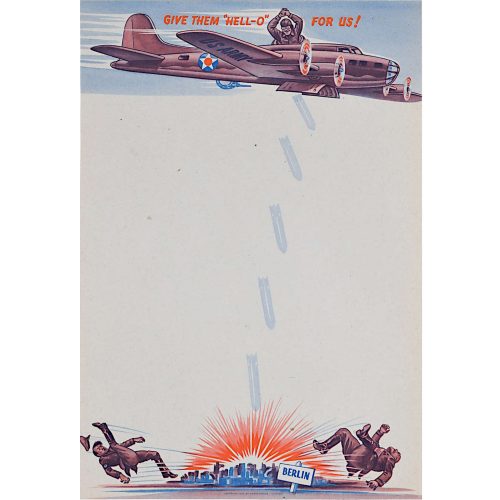
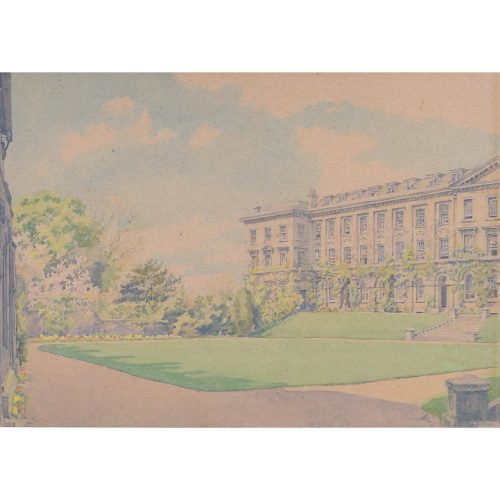
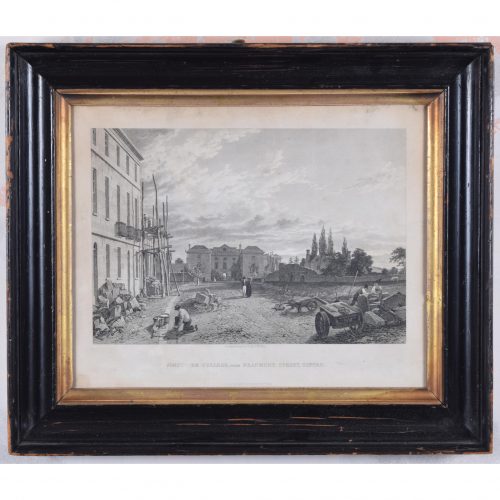
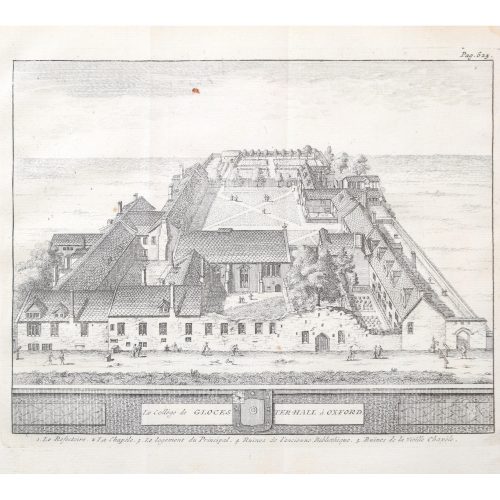
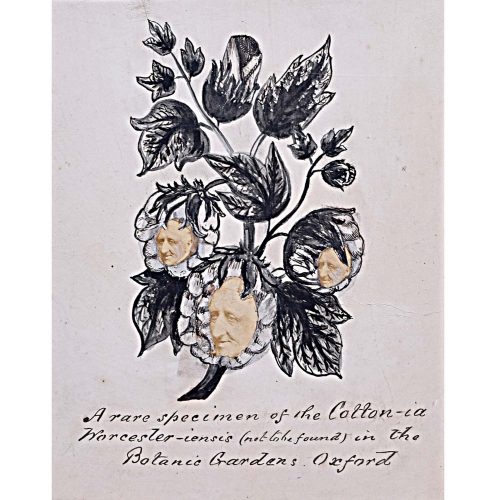
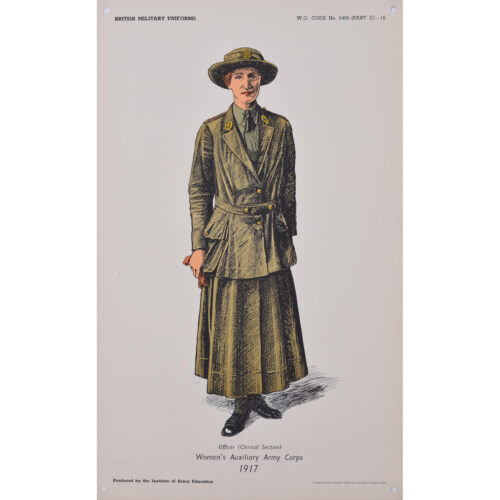

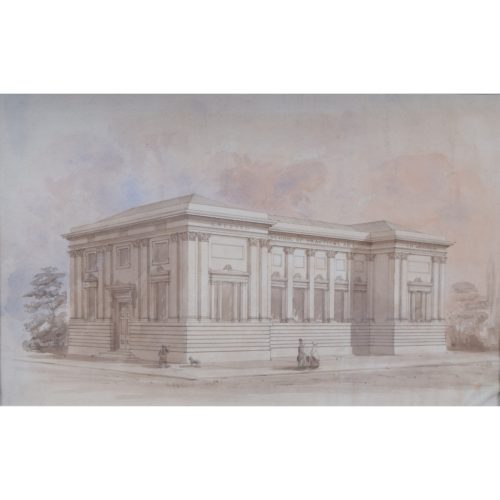
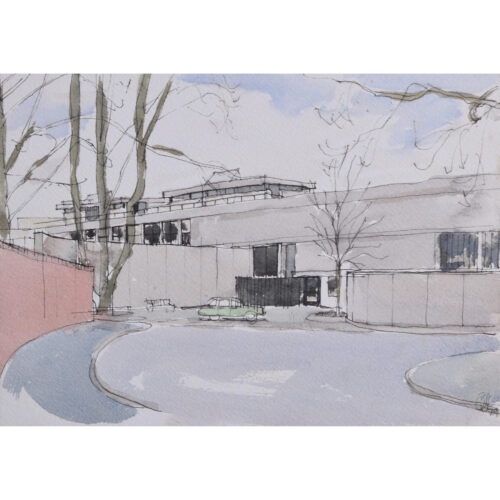
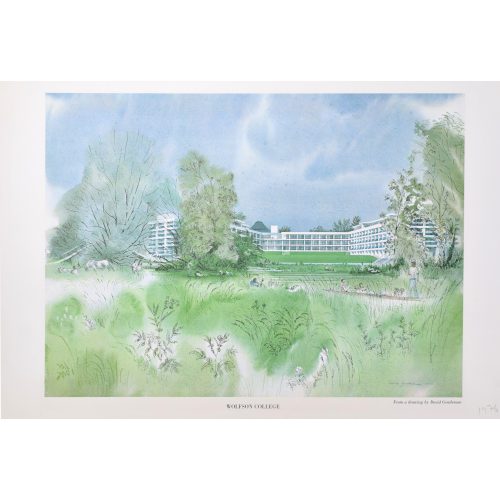
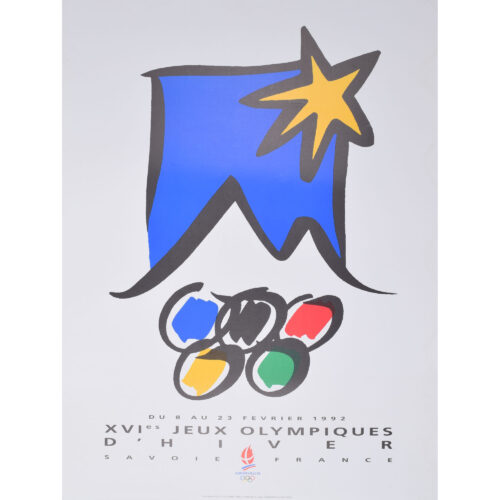
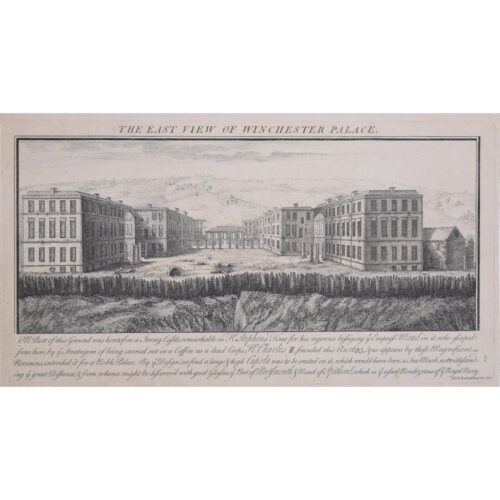
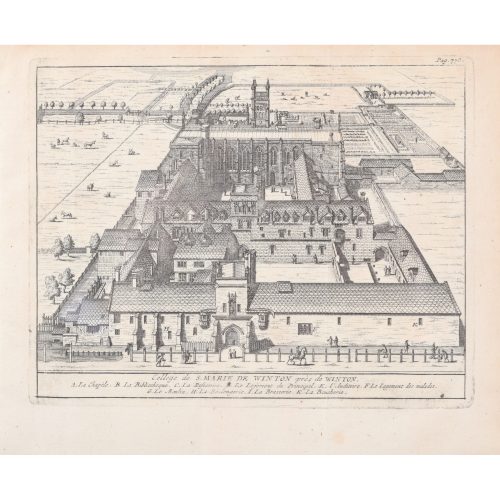
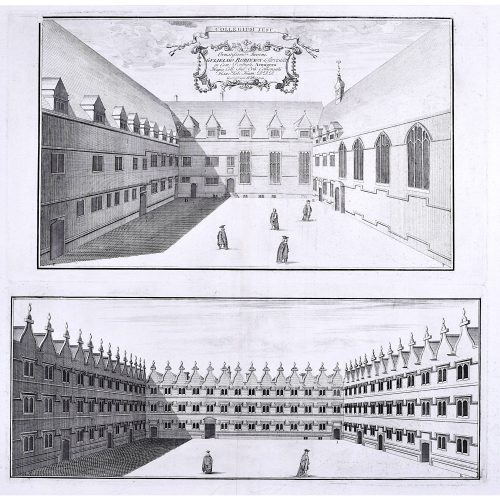
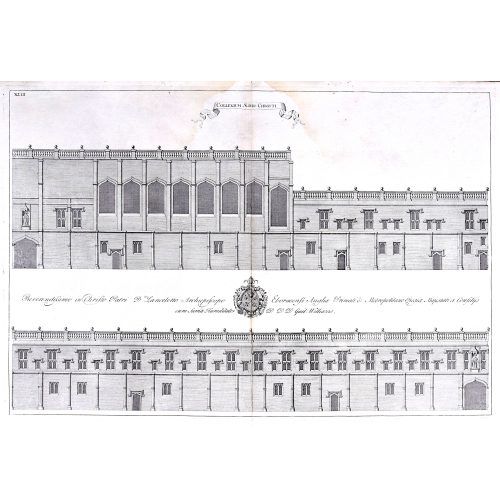
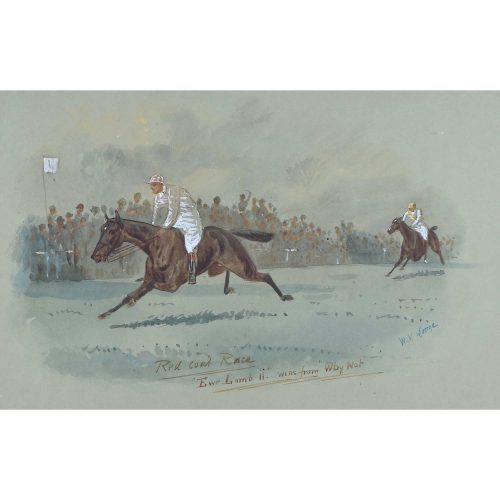
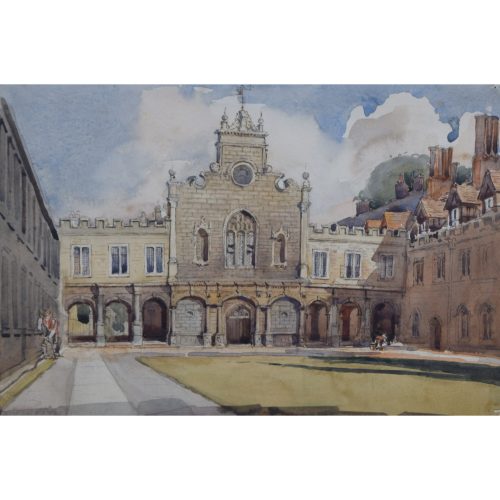
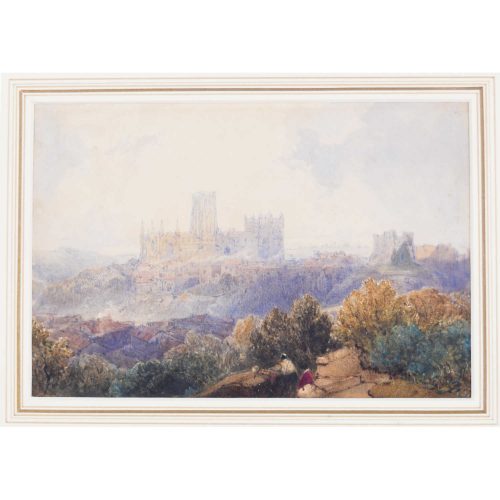
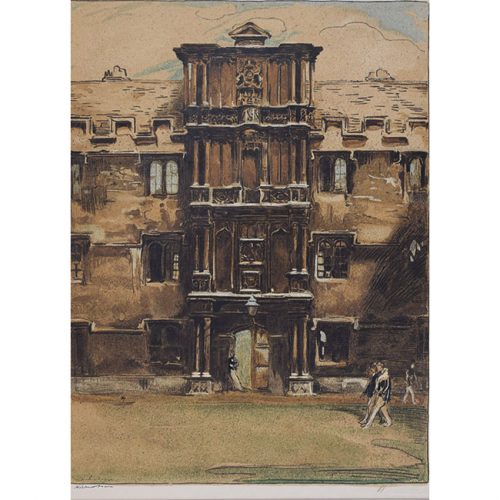
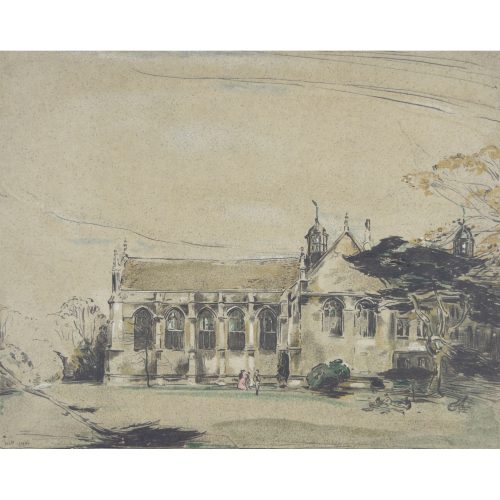
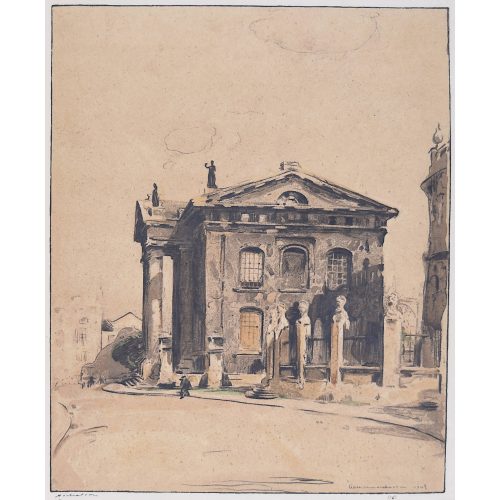


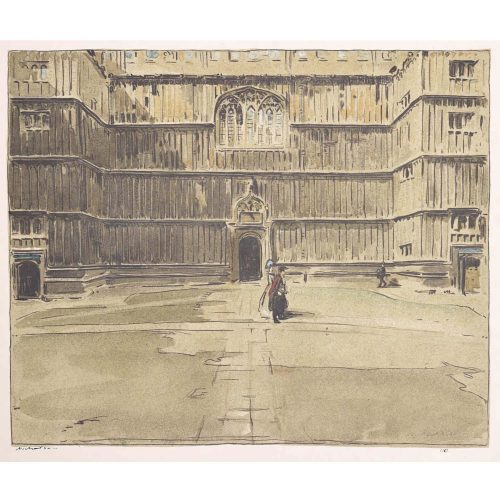
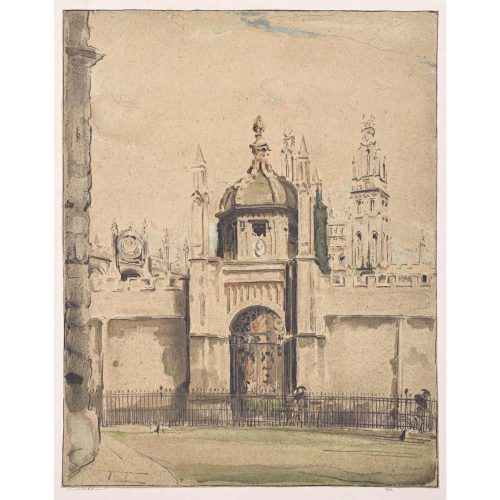
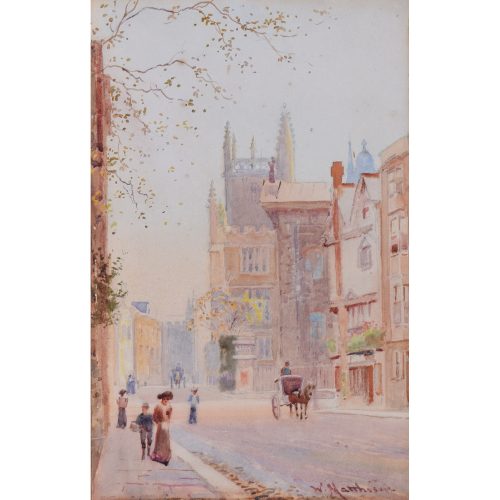
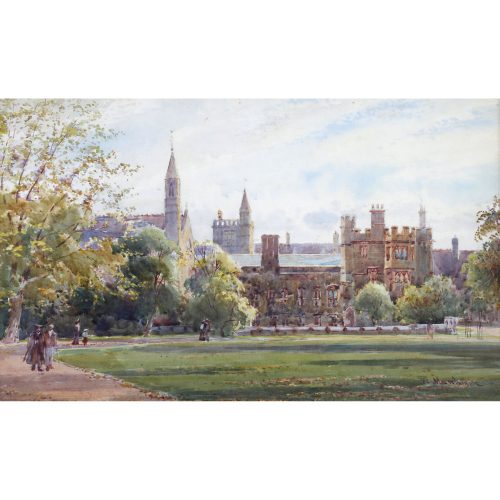
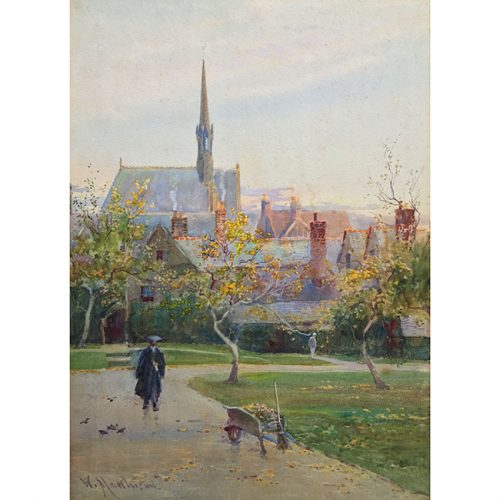
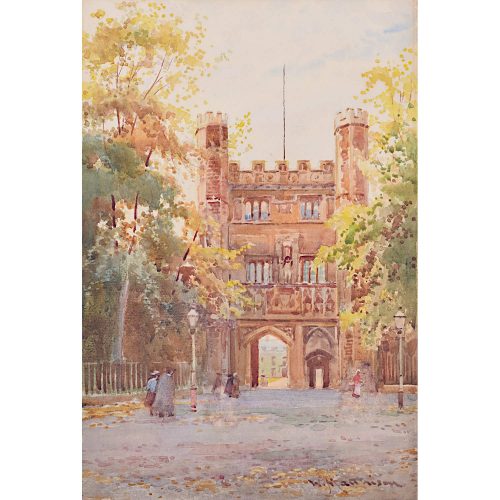
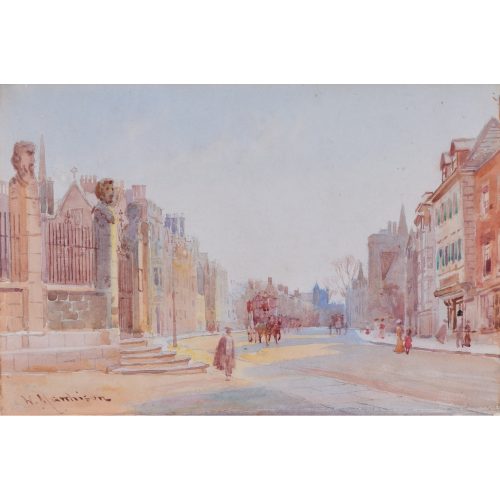
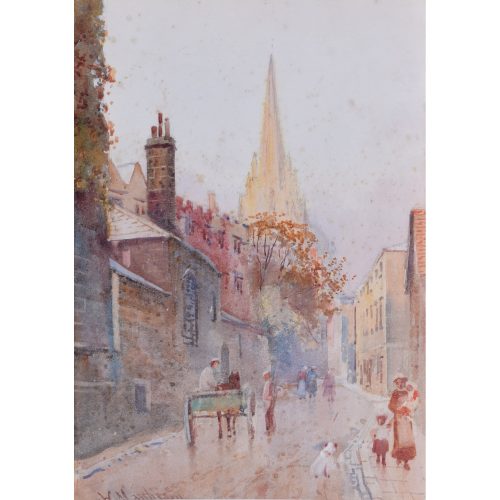
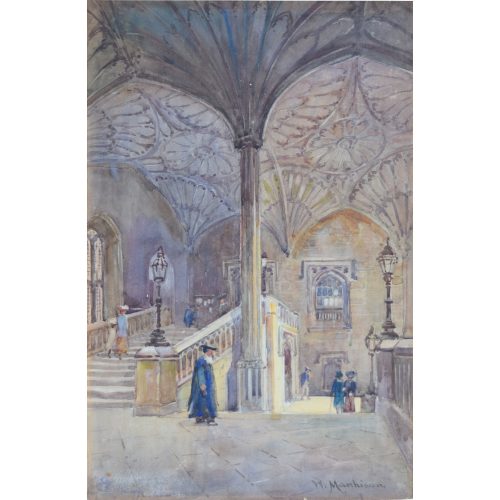
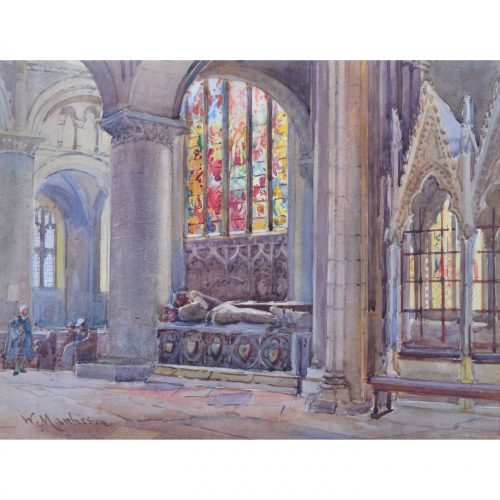
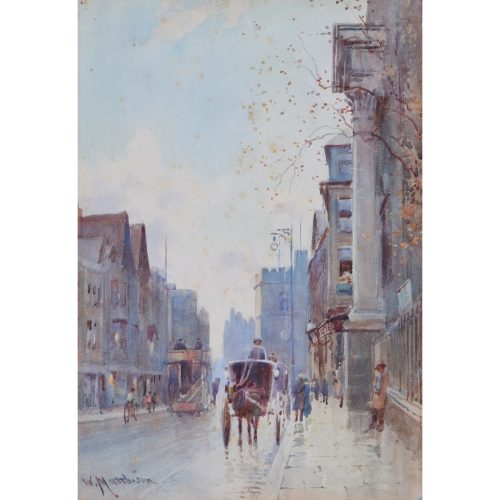
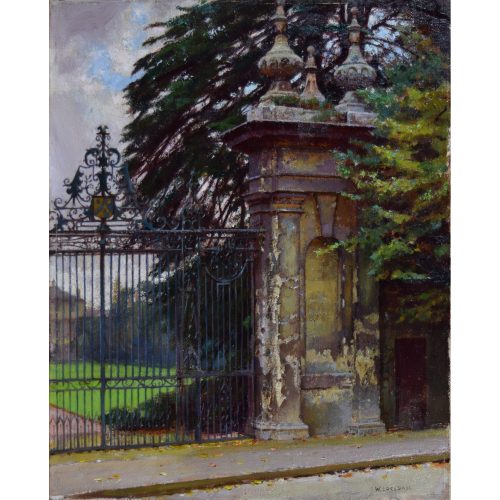
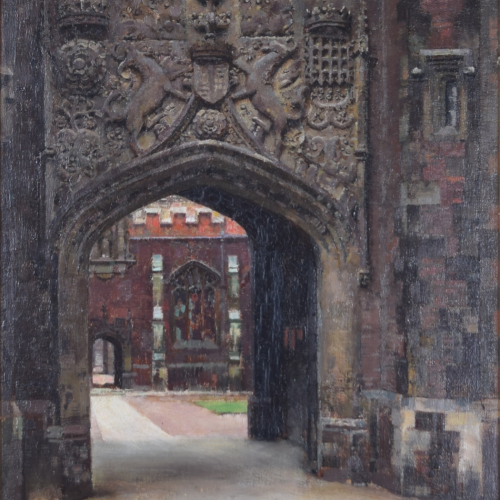
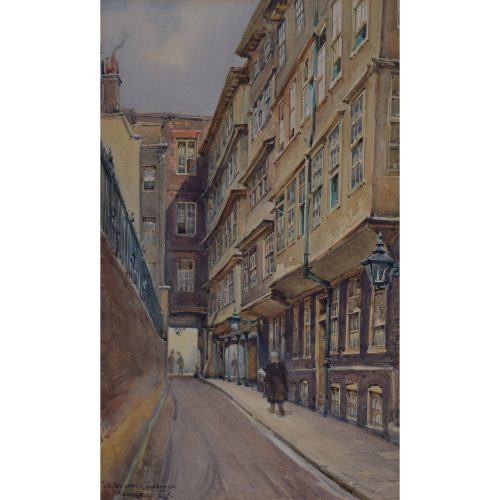
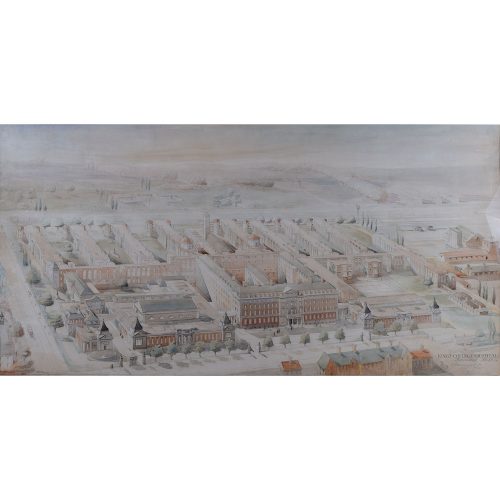
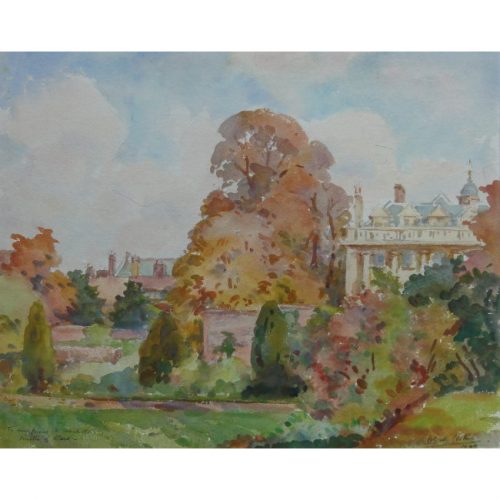
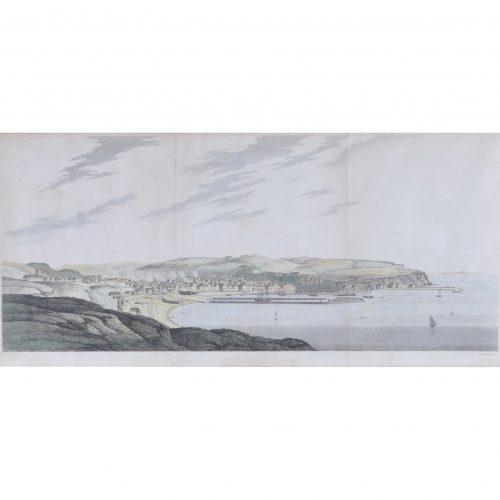
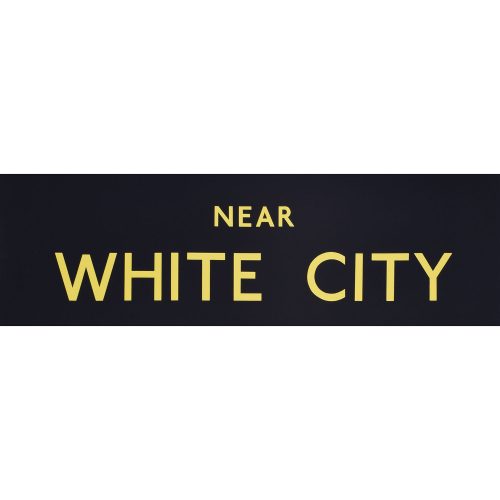
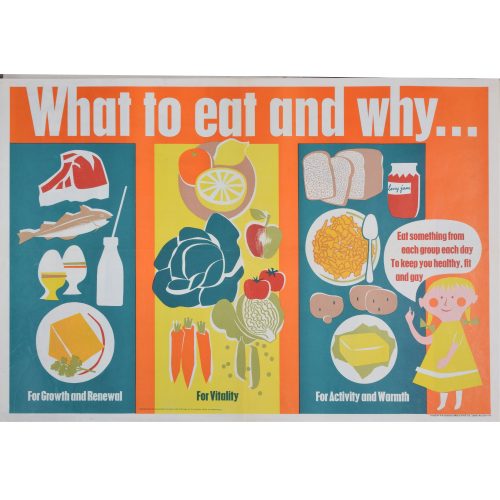
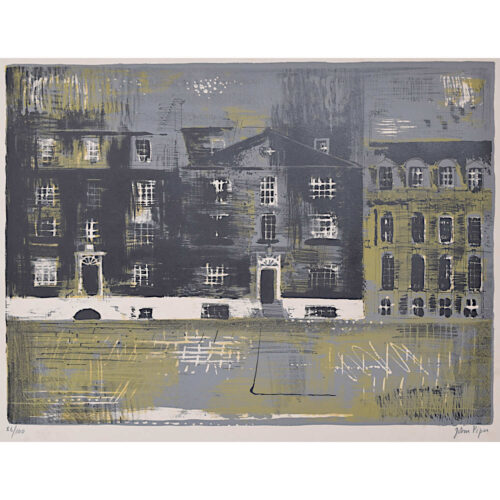
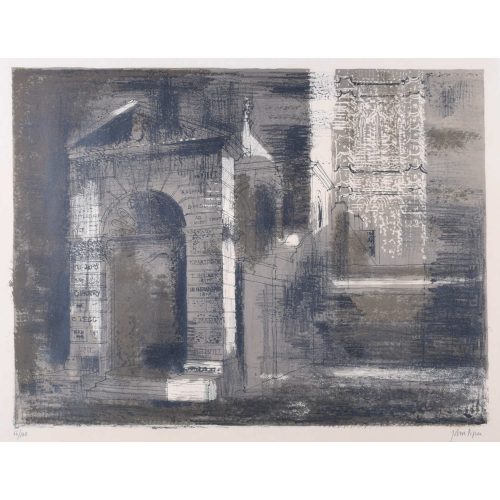
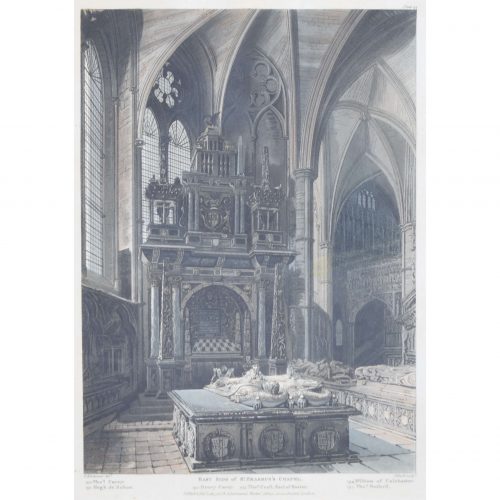
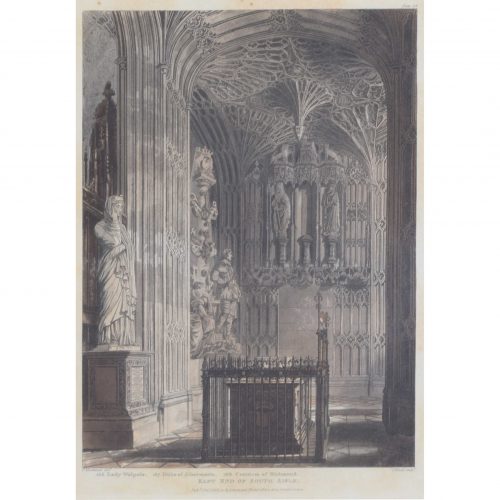
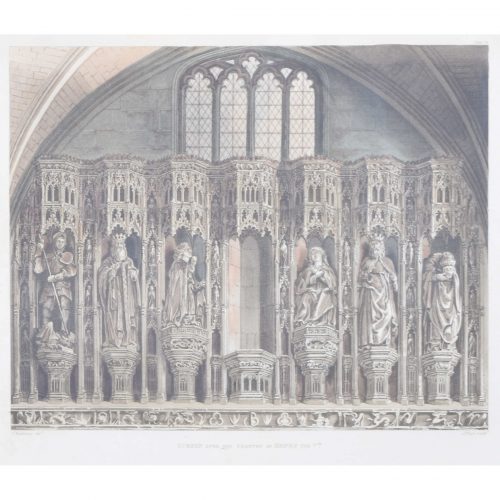
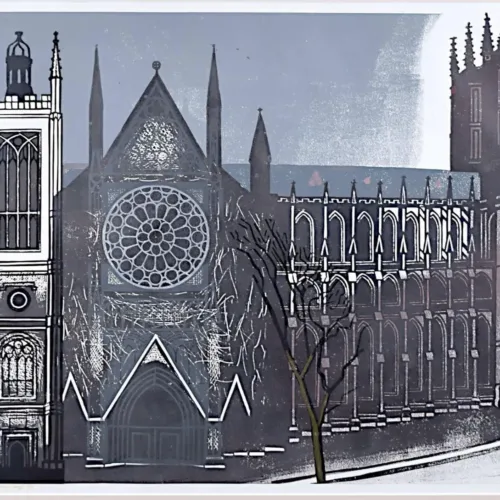
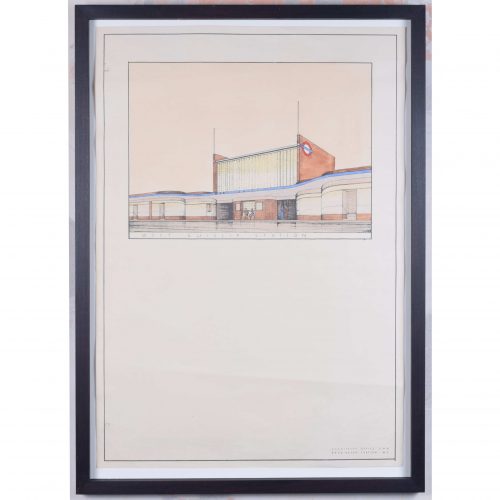
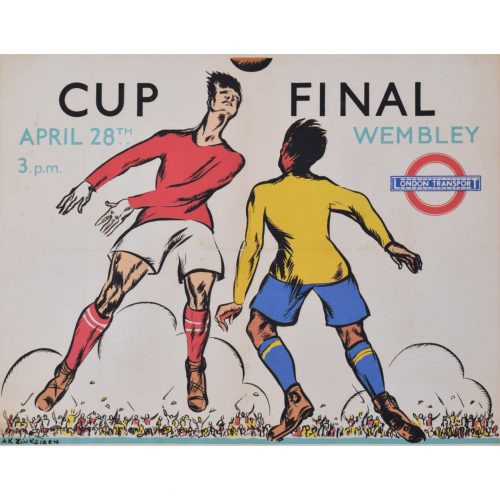
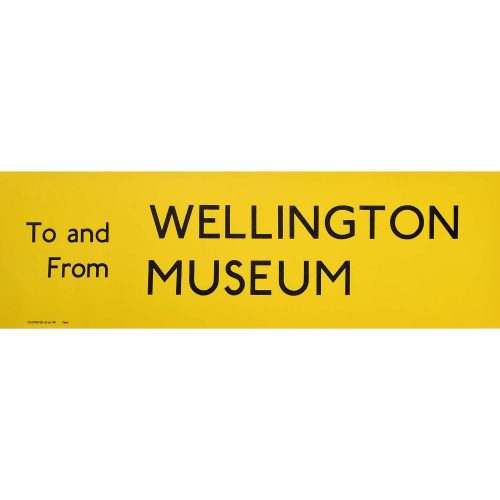
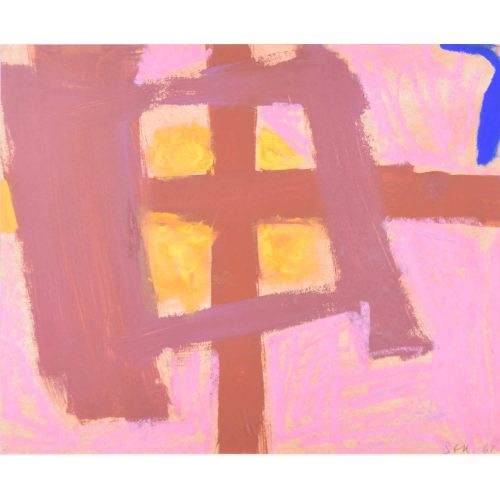
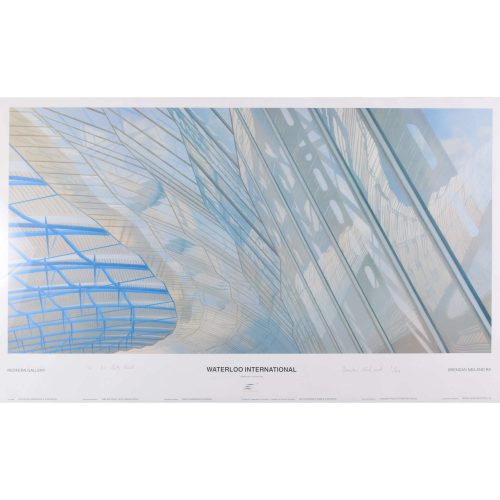
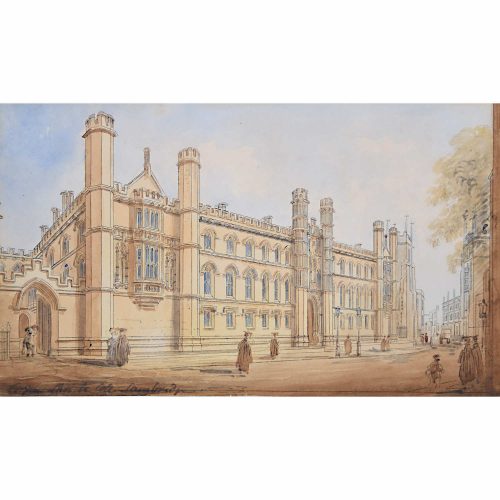
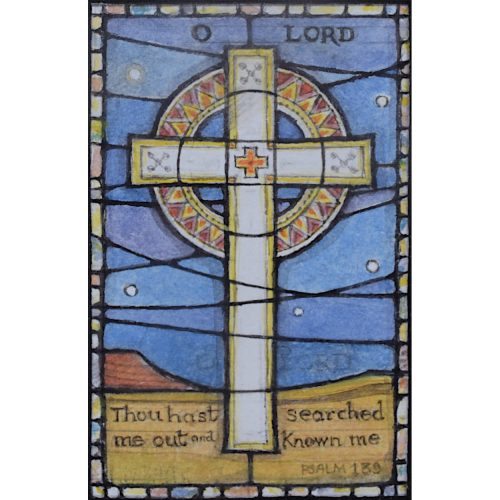
Warrington Hospital was originally built as an isolation hospital in 1893. The Warrington Union Workhouse Infirmary was built on the site shortly after in 1898, and it was occupied by the Whitecross Military Hospital during the First World War. It wasn’t until 1930, that the infirmary officially became the Warrington Borough General Hospital. Gray’s design for this window in the hospital’s chapel wonderfully demonstrates her colourful, modern style and features the Cross suspended between land and sky, and a line from Psalm 139: ‘O Lord, Thou hast searched me out and known me’. This was one of Gray’s simplest but most favourite window designs, it was installed in the chapel in 1984.
Provenance: the artist’s studio sale. Literature: Jane Gray, Playing with Rainbows. (Shropshire: Ellingham Press, 2011), pp.23, 77. Condition: very good. If you are interested, please email info@manningfineart.co.uk or call us on 07929 749056. For other works by Jane Gray and more information about her, please click here.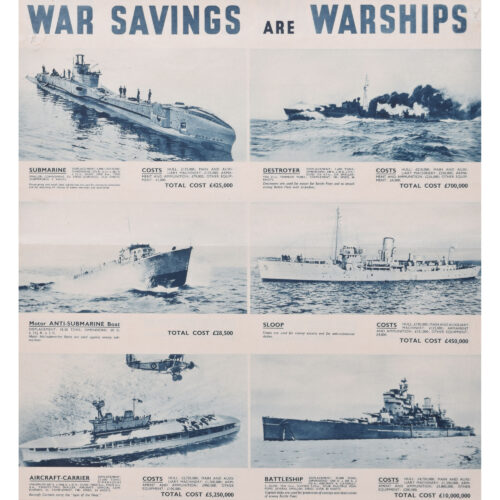
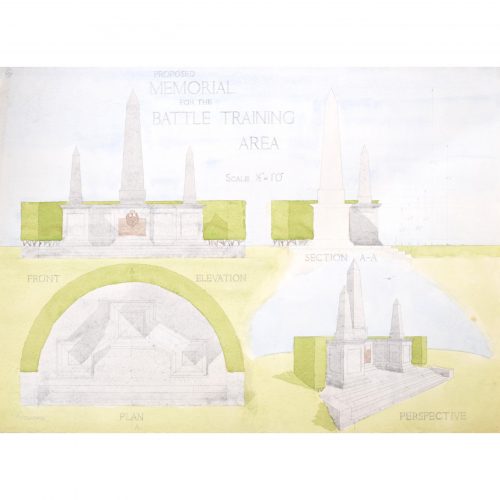
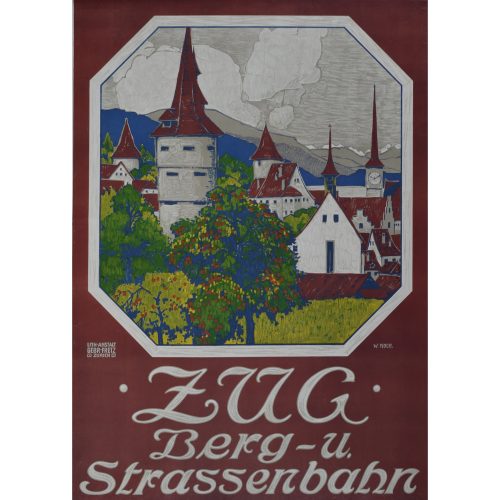
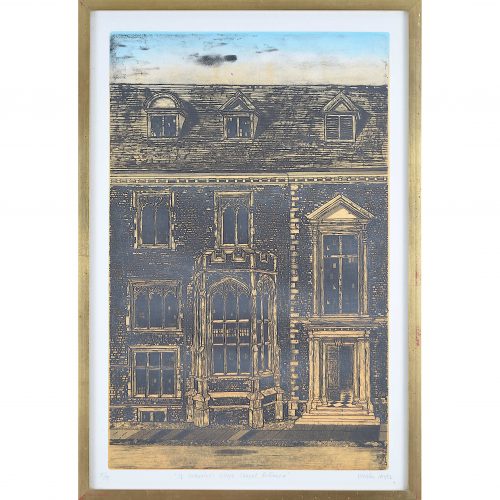
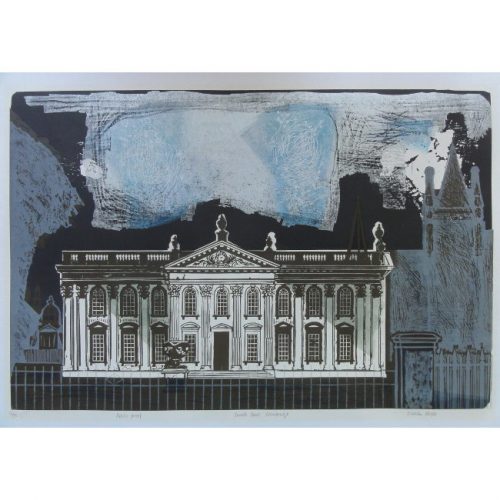
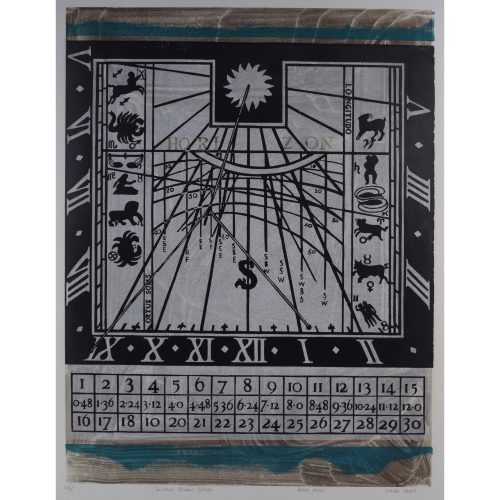
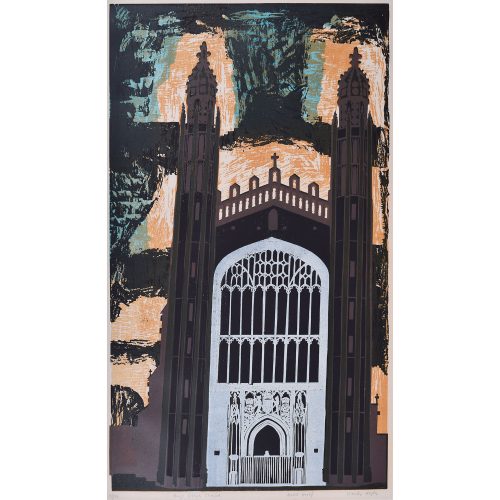
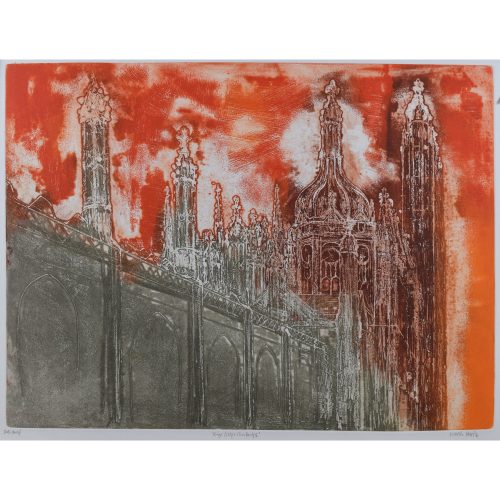
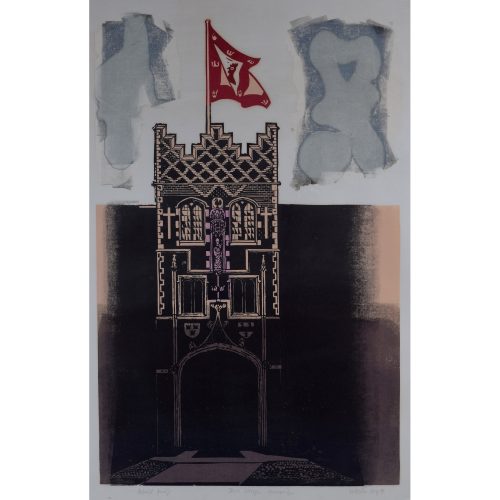
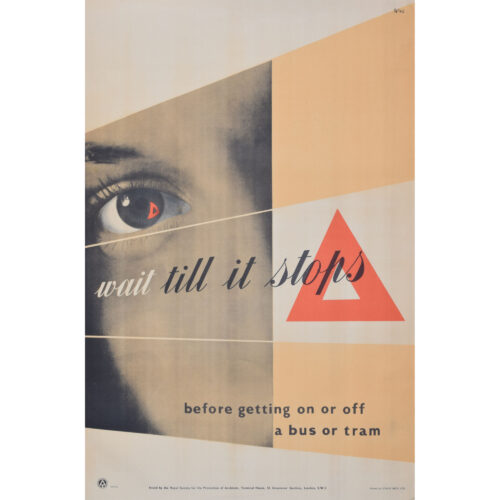
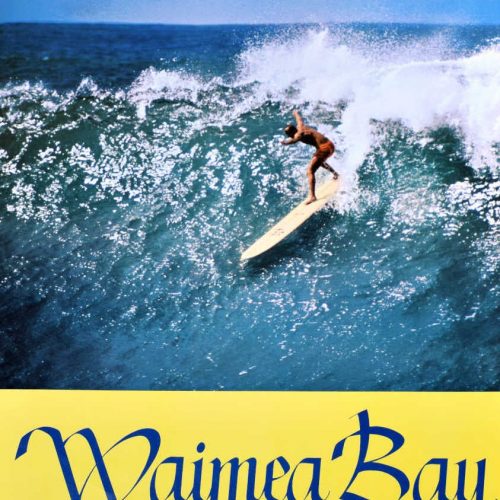
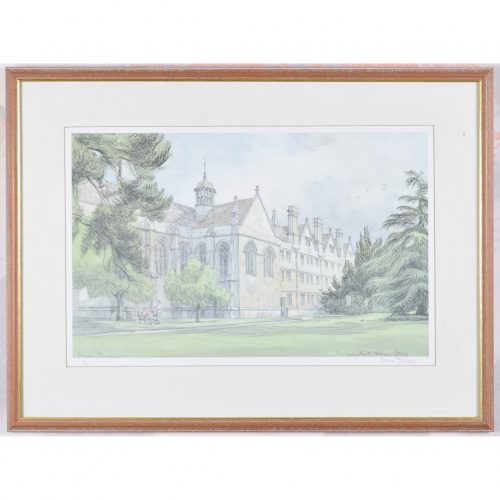
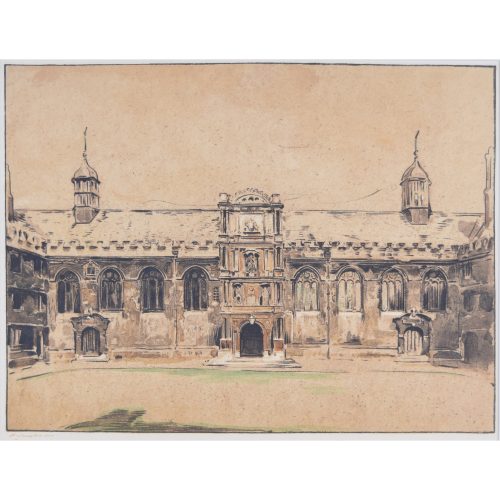
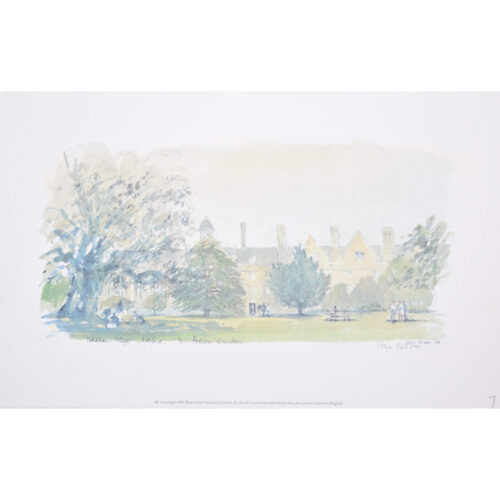
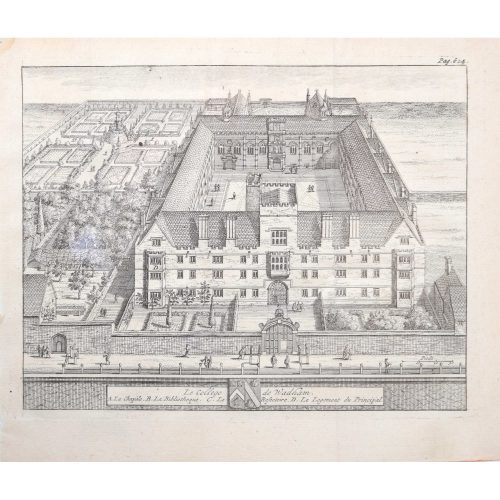

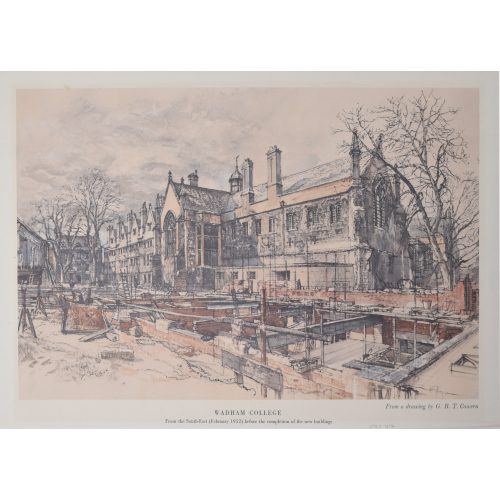
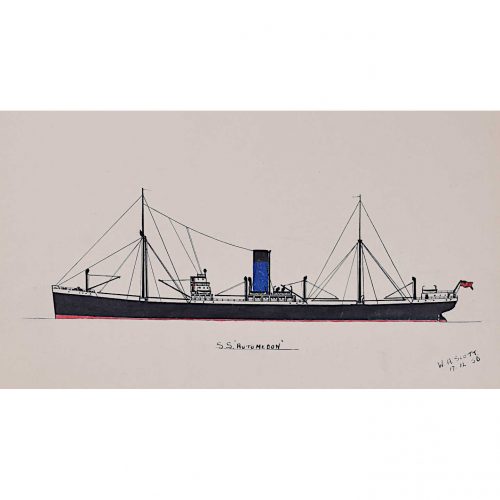
26 x 33.5 cm
Bodycolour and ink on paper Signed l.r.SS Automedon was a Blue Funnel Line refrigerated cargo steamship. She was launched in 1921 on the River Tyne as one of a class of 11 ships to replace many of Blue Funnel's losses in the First World War.
A converted German auxiliary cruiser and merchant raider Atlantis captured and scuttled Automedon in 1940 in the Indian Ocean. Her capture is notable because she was carrying top secret documents addressed to the British Far East Command. Their capture may have influenced Japan's decision to enter the Second World War.
Automedon was Achilles' charioteer in Homer’s Iliad. This was the first of three Blue Funnel Line ships to be named after him. The second was a motor ship launched in 1949 and scrapped in 1972. The third was a motor ship launched in 1948 as Cyclops, renamed Automedon in 1975 and scrapped in 1977.
W. A. Scott was a marine artist known for his highly accurate line and body colour drawings. It is likely that he was an admirer of Laurence Dunn as his work bears much resemblance to Dunn's highly regarded marine drawings.
